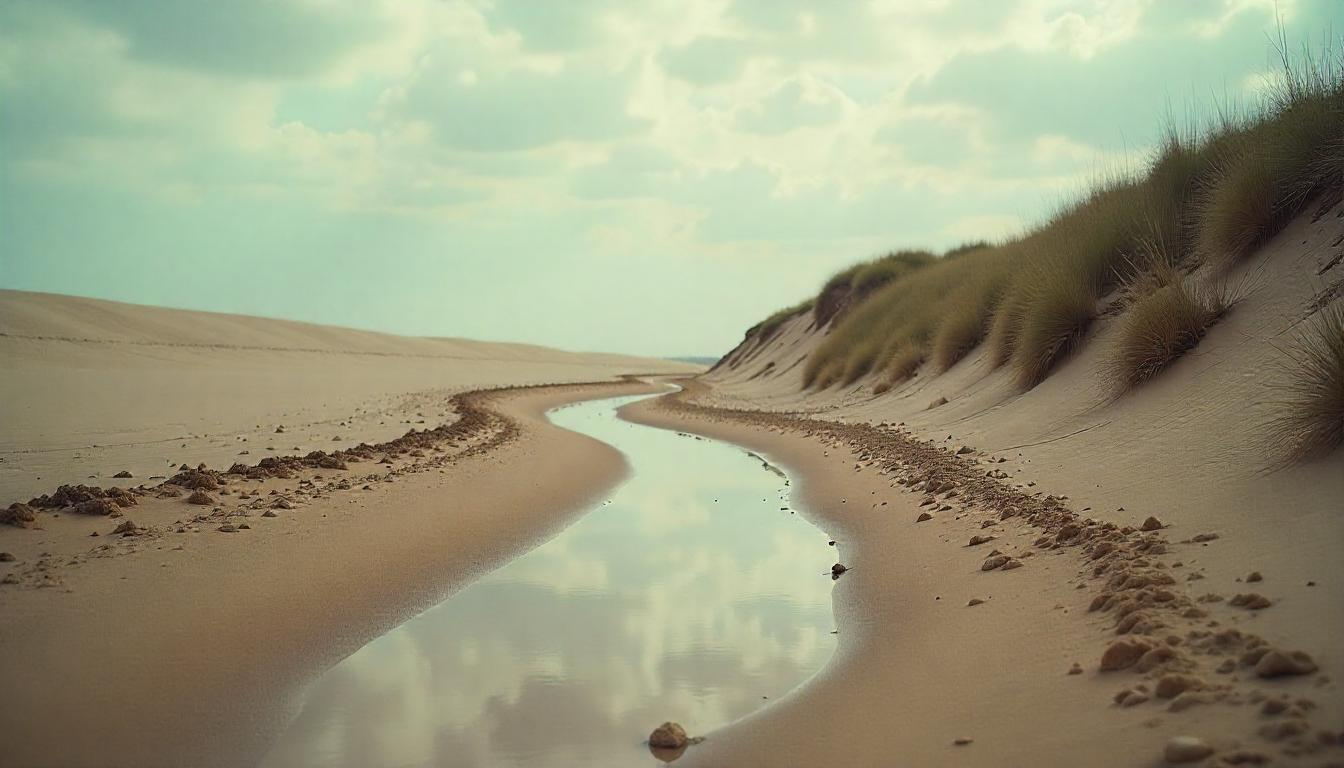
When buying land in Nigeria, one of the key decisions is choosing between dry land and wet land. Each type of land has its advantages, disadvantages, and cost implications. Understanding the differences will help you make the best decision for your investment, whether for personal use or business purposes.
Contents
What is Dry Land?
Dry land is naturally solid and firm, meaning it does not hold excess water. This type of land is ready for construction without requiring extra work to stabilize the ground. Dry lands are commonly found in areas with good drainage and higher elevations.
Pros of Dry Land:
- Easy to Build On – Construction can start immediately without additional costs for soil improvement.
- No Need for Sand Filling – Since the ground is firm, there is no need to add sand to make it stable.
- Faster Development – Houses, roads, and other structures can be developed quickly.
- Less Flooding Risk – Water drains naturally, reducing the risk of floods.
Cons of Dry Land:
- Higher Purchase Price – Dry land is more expensive because it is in high demand.
- Limited Availability – It is harder to find in major cities or fast-growing areas.
Cost of Developing Dry Land:
Developing dry land is relatively affordable because it requires minimal preparation. You may need to level the ground, but this is a small cost compared to what is required for wet land.
What is Wet Land?
Wet land, also known as swampy land or waterlogged land, retains a lot of water. It may have clay soil or be located in low-lying areas prone to flooding. In many cases, these lands require additional work before they can be used for construction.
Pros of Wet Land:
- Lower Purchase Price – It is cheaper than dry land, making it attractive for buyers on a budget. However, this is not 100% true.
- Can Be in Prime Locations – Some high-demand areas still have wet lands available.
- Good for Farming – If the land is being used for agriculture, it can be beneficial for certain crops.
Cons of Wet Land:
- Higher Development Costs – You must spend more on sand filling and reinforcement before building.
- Flooding Risk – Without proper drainage, wet lands can be affected by heavy rainfall.
- Longer Development Time – The land may need time to settle after sand filling before construction starts.
Cost of Developing Wet Land:
Before building on wet land, you must:
- Sand-fill the land, which can be expensive.
- Use a stronger foundation, such as concrete piles, to prevent sinking.
- Create a good drainage system to avoid waterlogging and flooding.
See>>> What Costs Are Involved in Buying Land In Nigeria?
Which Should You Choose?
- If you want to build immediately and avoid extra costs, dry land is the better option.
- If you are on a budget and don’t mind spending later, you can buy wet land and develop it over time.
Final Advice:
Before making a purchase, always visit the land to inspect it. If possible, go during the rainy season to see if the area floods. Also, consult real estate experts who can help you understand the long-term costs and benefits.
Are you looking to buy land? Let’s help you find the best one for your needs.
- Follow me on TikTok for quick tips and behind-the-scenes tours
- Subscribe to my YouTube channel for in-depth videos and property showcases
- Follow me on Facebook for updates, listings, and real estate advice


Leave a Reply